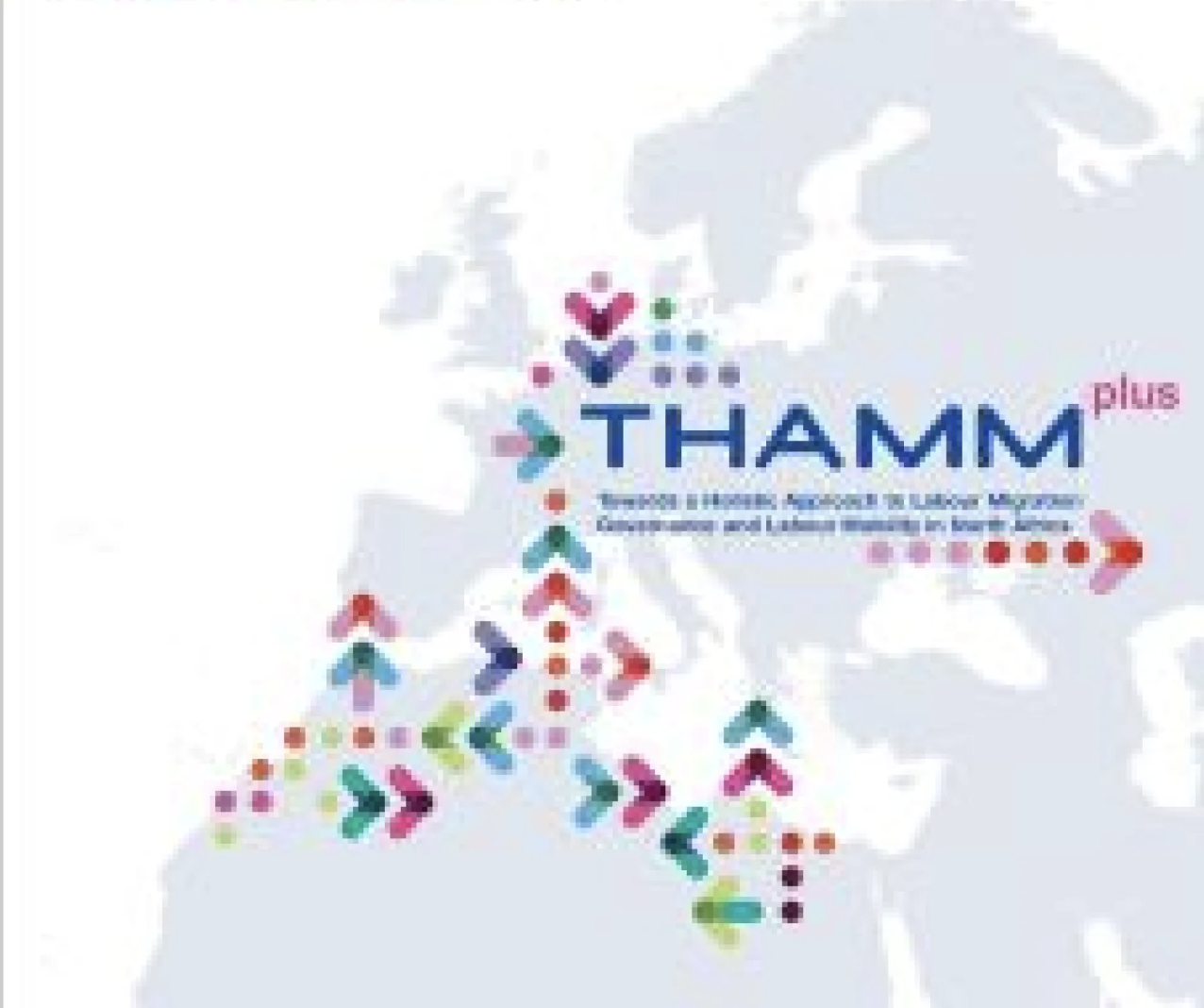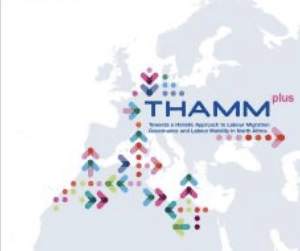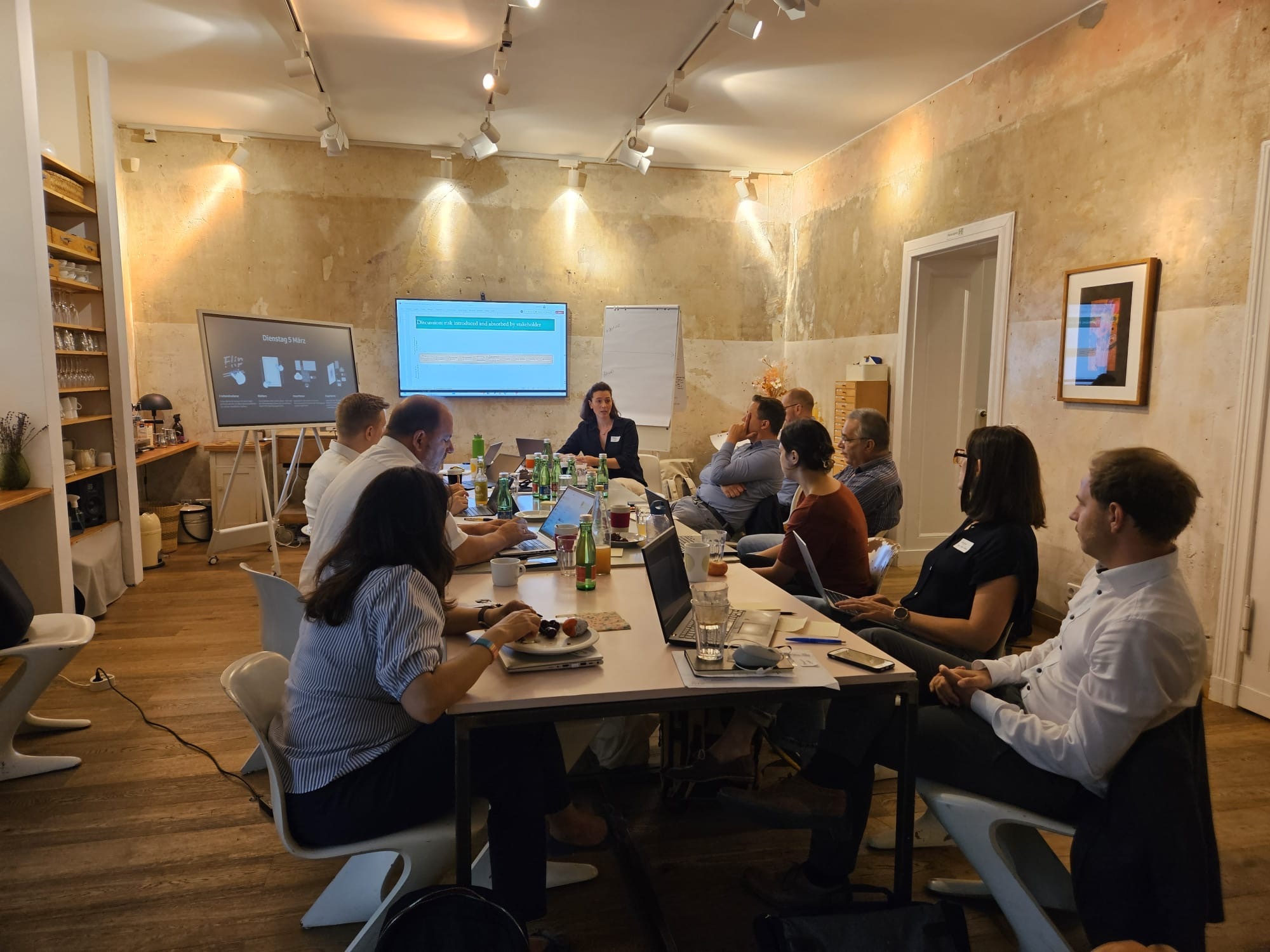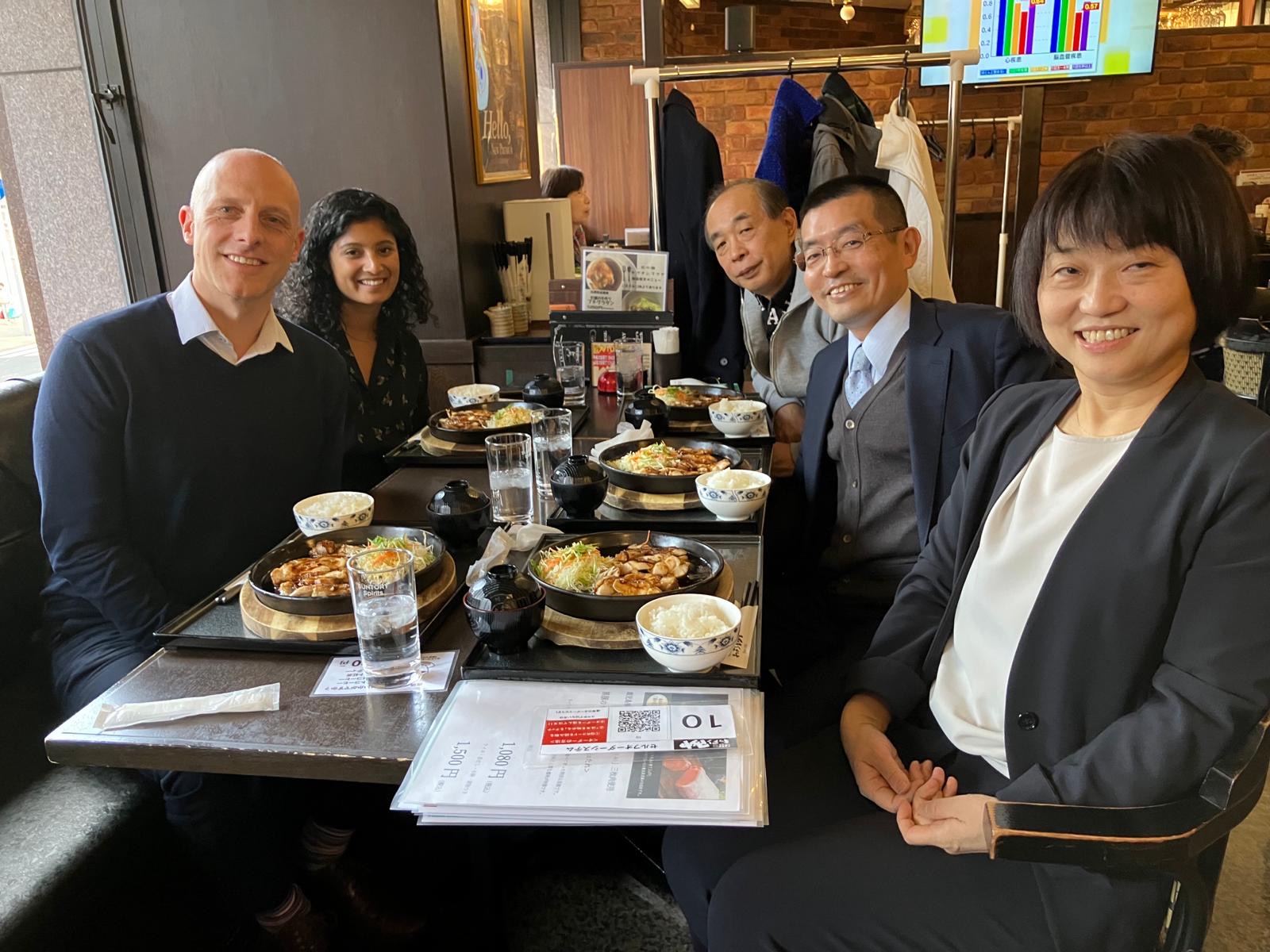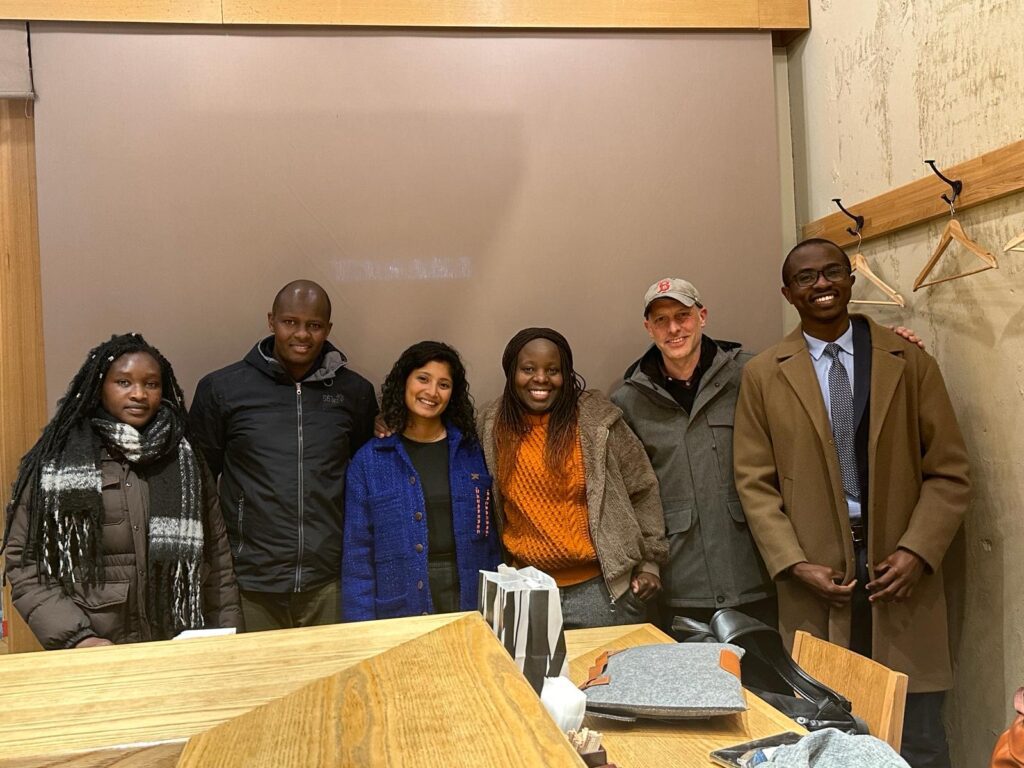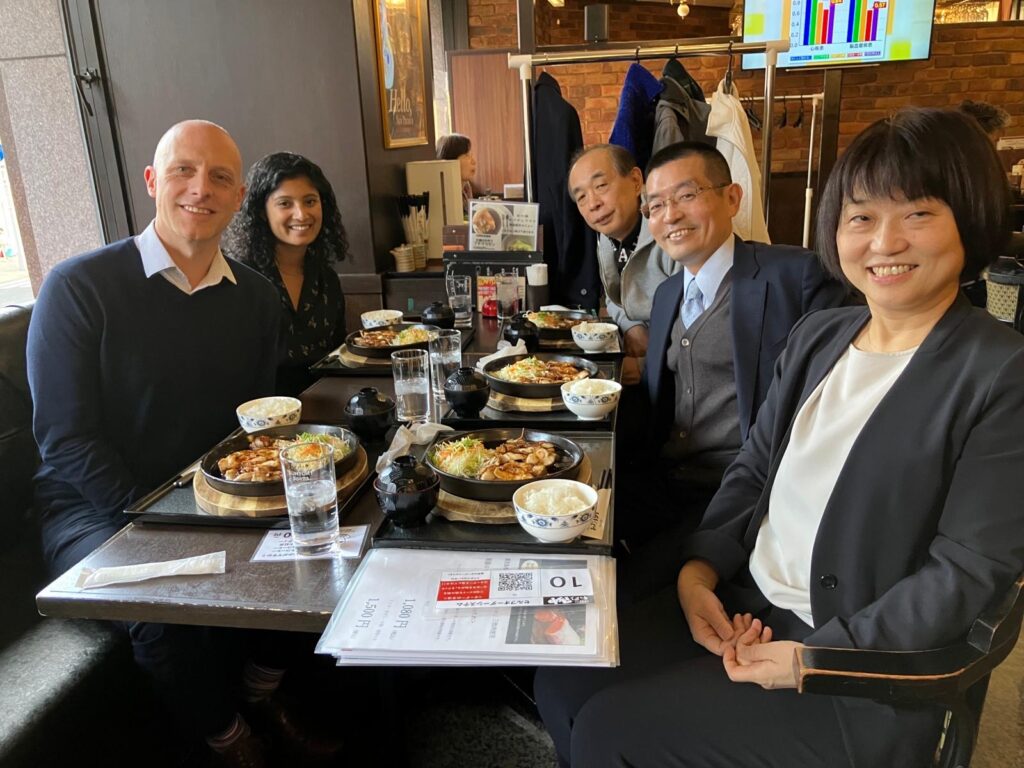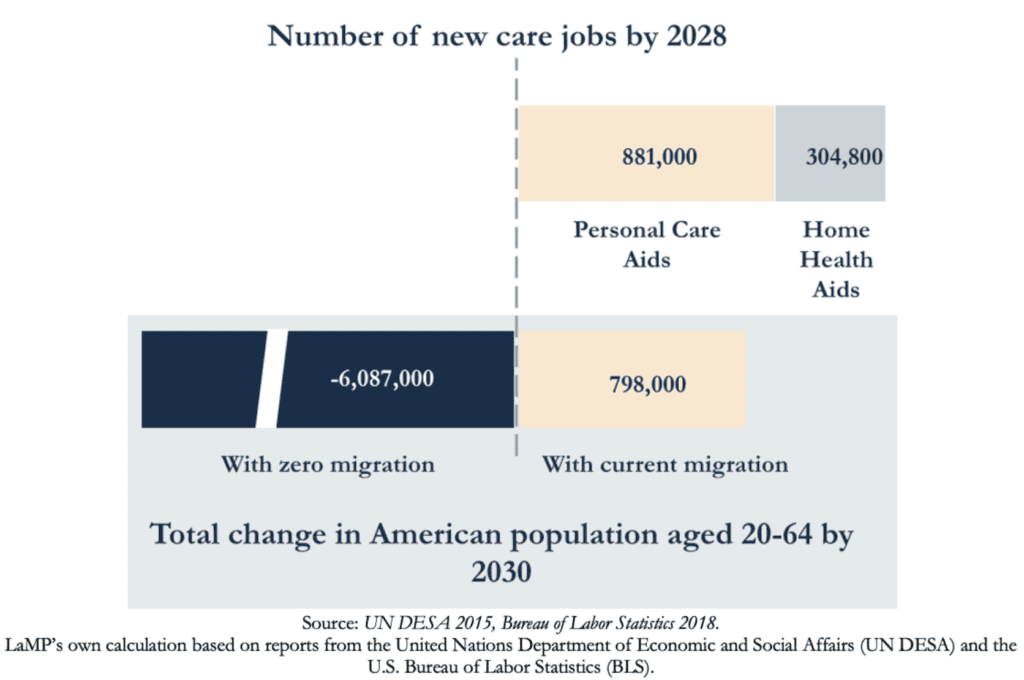
As high-income nations face critical labor shortages, and low-income nations encounter growing youth populations, international labor mobility programs can offer a win-win solution. These programs can raise incomes for workers by 6-15x and fill employment gaps in crucial sectors. However, participation in cross-border livelihoods programs introduces financial risks for the workers, employers, and intermediaries involved, slowing the adoption of this high-potential opportunity. LaMP aims to reduce these risks by embedding ethical recruitment practices into the private sector1 and developing financial tools to balance risks across stakeholders.
The timeline of international labor recruitment can be swift or sluggish, depending on the visa and corridor in question. Some programs (e.g. seasonal agricultural workers in the H2A program of the United States) have a timeline of a few months, while others (e.g. nurses migrating from India to Germany) require a year or more of investment in instruction, exams, job matching, and visa processing. Numerous recruits may drop out of this process along the way or fail to meet language certification standards at their first examination. Even after migrating for a new job, some new workers may leave the employers who paid their way, opting to work in a different institution. This operational uncertainty in these systems translates into financial risk by introducing the potential for losses at each stage of the process.
For these reasons, most employers, even those willing to eventually cover all skilling and recruitment costs, are hesitant to advance the full value of the recruitment process at its inception. Like employers, recruiters and skilling institutions are also generally hesitant to front the full expenses of recruitment and training for aspiring migrants. Workers, even with a provisional job offer and a promise of reimbursement for all skilling and recruitment costs, generally find these expenses to be out of reach, and migration-oriented credit is not generally available to them from reputable sources. (Taking on ill-suited or informal loans can push workers into crippling cycles of debt.)
In a future where mobility programs have reached scale, success metrics (e.g. employment and retention rates) will become more readily available, and the cost of dropouts and failures can be incorporated more predictably into recruitment pricing. However, with or without this data gap, these multi-nation, multi-step processes will always contain some level of uncertainty, and approaches to mitigating risks across our spectrum of actors vary widely. In some cases, we see workers’ rights oriented programs invest heavily in protecting workers from risk by ensuring that workers neither pay nor deposit any funds for skilling and recruitment processes. However, it is uncommon for these programs to reach scale due to either cash flow constraints, market conditions, or a lack of commitment from recruited workers. On the other side of the spectrum, we see predatory models that insulate employers from risk but offer no protection to workers.
At LaMP, we believe that balancing this financial risk across actors is at the very heart of effective mobility program design and delivery. Over the next half decade, deploying risk mitigation strategies will be a key factor in accelerating win-win global mobility. As a guiding activity in many of our engagements, we kick off our work with a risk mapping exercise. Looking at the skilling and recruitment process in context, we assess which actors take on or introduce risk at every stage and attempt to translate these risks into monetary terms. The factors that frequently determine risk are 1) the efficacy of skill training and job matching efforts; 2) expectation alignment and transparency between parties, 3) predictability of visa processing timelines; 4) stability of industry or market conditions, and 5) how successfully employers and host communities integrate hires from abroad.
In projects or contexts that have stalled or failed to scale, we often find financial risks distributed unevenly across stakeholders or concentrated within specific steps of the process. For example, recruiters that require employers to commit full advances (thus transferring all the risk to their clients) before workers have been trained in key skills (e.g. language or technical training) may find fewer willing corporate partners, leading to demand-side bottlenecks. Such skilling programs, in which there are low or no barriers to entry for aspiring trainees, may experience higher attrition rates, compounding the problem of uncertain or delayed results for employers. On the other side of the equation, programs that are fully worker-paid (transferring all the risk to the worker) can present prospective migrants with financial hurdles that make migration inaccessible or push them into crippling debt. This not only hurts workers but adds to the global perception that mobility is an inherently abusive industry. In our own research, we have found some evidence to suggest that workers who are overburdened with debt may be more likely to abscond or overstay their visas to recuperate their outsized migration investment. These risk factors may lead receiving country governments and employers to shy away from participation – despite these countries experiencing profound and economically devastating labor shortages.
The financial solutions in LaMP’s risk mitigation toolkit can serve multiple stakeholders, and are selected for a corridor or scenario based on our assessment of which nudge might be required to balance risk across that system. Ultimately, serving even one stakeholder in a given context might be just the nudge that the system needed to get unstuck. The solutions we consider in this process include:
1.Migrant–focused finance as a necessary tool when employers cover recruitment or skilling costs only after workers begin employment. It also supports migrants who wish to invest in their own skills before engaging a recruiter, or in cases where skilling costs are not reimbursed by employers. The financial products relevant to these circumstances include:
-
- Migration-specific loan offerings that consider repayment moratoriums, demographics of the market segment (e.g. low-income or rural families without formal jobs or collateral), and provisional job offers abroad as design factors. Examples include BRAC Bank’s migrant microcredit loans in Bangladesh and LaMP’s work on foreign language debt financing for aspiring migrants in India.
- Income Share Agreements (ISAs) that provide the upfront capital needed and then align worker repayments to earnings proportionally (thus allowing workers who fail to migrate to pay lower installments and net amounts than those who succeed). Examples might include pre-migration skilling or education from organizations like Lumni, Malengo, or other members of the Global ISA Alliance.
2. Insurance products for both workers and employers can help those who wish to mitigate their own risks for any specific areas of concern. Types of insurance can include:
-
- Health, life, and repatriation insurance for workers – especially relevant for those in riskier jobs or in less regulated labor markets. Examples include Pravasi Bharatiya Bima Yojana (PBBY), an insurance scheme for Indian migrant workers in certain countries, offering life and disability coverage and repatriation assistance, and the Overseas Workers Welfare Administration (OWWA) fund of the Philippines, which provides insurance, healthcare, and emergency support for Filipino workers abroad.
- Recruitment insurance for employers, refunding recruitment fees or replacing one worker with another in cases where workers abscond or break contracts. (To date we have not found scaled examples of this product; we are starting to design our own.)
- Surety bonds to refund workers for lost wages in cases of employer contract noncompliance. For example, the H-2A Farm Labor Contractor Bond, is guarantee to the U.S. Department of Labor that the employers of contracted workers will abide by the regulations required; contract term violations require bond payouts to affected workers.
3.Worker payment funds can incentivize desirable behaviors and practices within a labor mobility system.
-
- Structured incentive and bonus payments can incentivize worker behaviors like retention and home-country return. Japan’s Technical Intern Training Program (TITP) aims to retain skilled foreign interns in industries like manufacturing and caregiving. (Japanese companies frequently provide an annual contract renewal bonus ranging from $500 to $1,500 for interns who agree to stay beyond their initial year.) The OFW Reintegration Program of the Philippines provides financial literacy training and access to microloans for business startups for returned migrants. This initiative helps returning workers manage their finances effectively, reducing dependency on future overseas employment.
- Remediation bonds can repay workers for any illegal or unethical fees charged by recruiters. For example, Impactt’s remediation bond, enables employers to repay illegal or unethical worker fees rapidly, releasing workers from debt bondage or enabling them to recover valuable capital erroneously invested
Strategically placed within the labor mobility process, these instruments can unblock mismatches between supply and demand and lead to greater earnings across stakeholder groups. However, lowering risk does not always mean lowering cost. In fact, inclusion of the instruments included above can increase net costs by 5-25% (e.g. through premiums, interest, or fees). (Setting the prices for these instruments can be done through a probabilities-based assessment of the various ‘what if’ scenarios of failure and a financial valuation of those failures – much like an insurance underwriting analysis.) Given that these additional costs are specifically designed to reduce uncertainty, avoid catastrophic failures, and unlock access to greater earnings, many actors will consider the price of risk mitigation instruments well worth it.
In a context dominated by legal and regulatory barriers, it is easy to believe that financial risks for participating actors have already been mitigated. The reality is that regulation can only take us so far – and that effective scaling of mobility programs requires thoughtful balancing of risks and incentives at the operational level. In real terms, risk mitigation often just boils down to taking greater care in determining who pays for each expense, at what point in time, and through which mechanism.
The team at LaMP is happy to share the lessons we have learned from our own mobility work across global visa pathways and is interested in learning from the experiences of others. We encourage our peers to reach out to engage in this learning process together.
___________________________________________________________________________
1The most glaring and well-known risks related to labor mobility are those workers face in differentiating between reputable programs and scams or trafficking schemes. LaMP is collaborating with several actors in different corridors to reduce these risks. (See our work with the association of Responsible Recruiters in Guatemala, or GAREX, as an example.) However, even reputable and well-run programs experience their share of risks across stakeholders, and this article examines the nature of those risks, how they translate to financial terms, and some potential mechanisms to mitigate them and encourage scale.



 Secure, Transparent Recruitment
Secure, Transparent Recruitment
 Labor Mobility Partnerships (LaMP) has initiated a proof-of-concept project that seeks to bolster orderly and effective labor migration pathways for Guatemalan cooks in the tourism and hospitality sectors.
Labor Mobility Partnerships (LaMP) has initiated a proof-of-concept project that seeks to bolster orderly and effective labor migration pathways for Guatemalan cooks in the tourism and hospitality sectors. 





